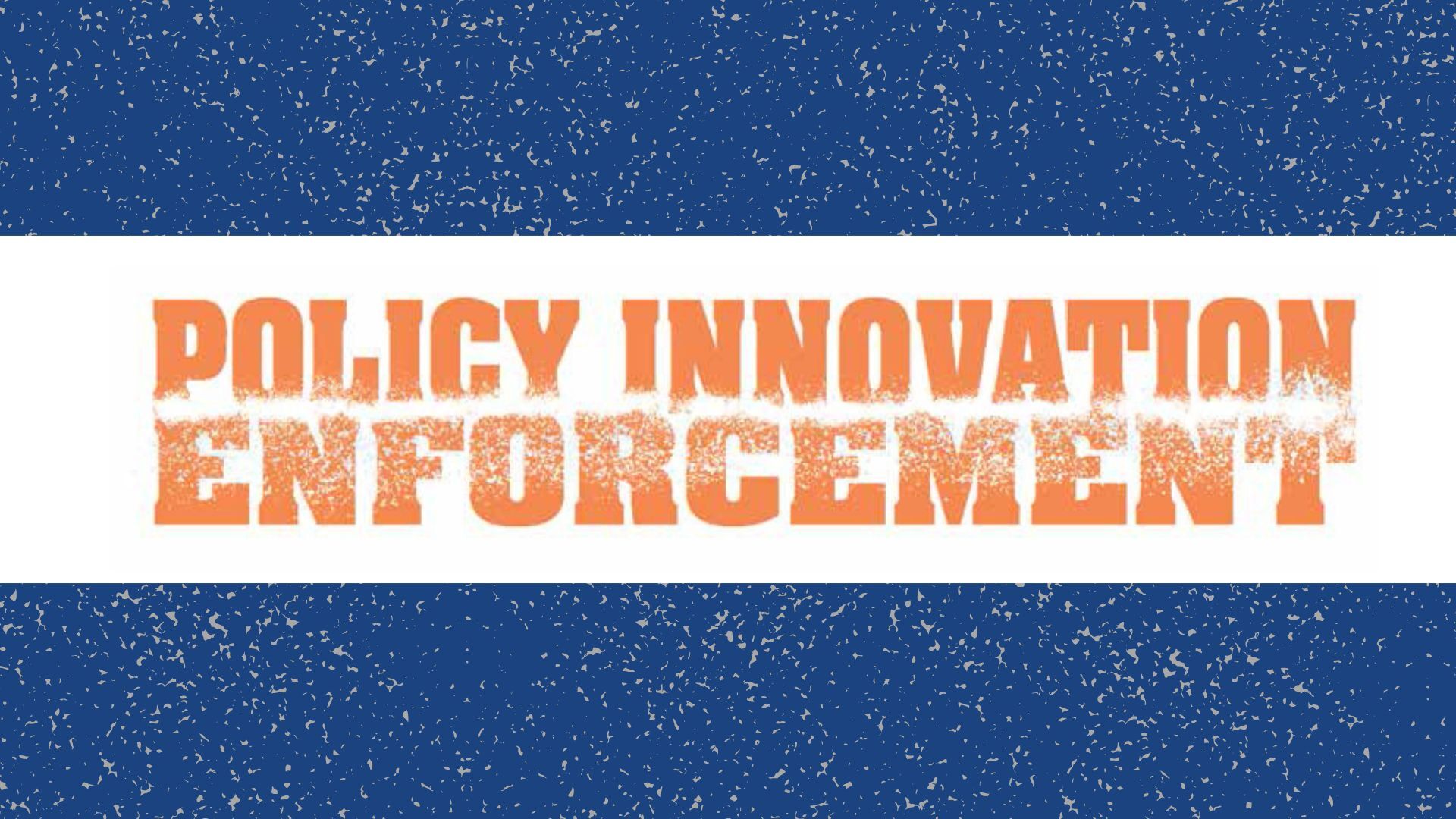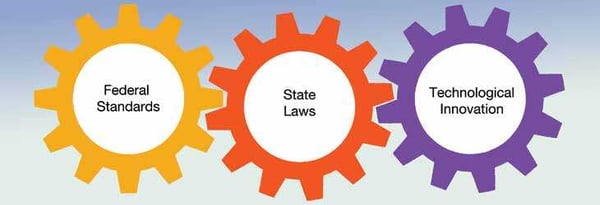
Rules and regulations are essential for setting expectations and preventing harm across industries. Yet they only succeed when designed to anticipate emerging challenges and supported by mechanisms that ensure real-world compliance. Damage prevention enforcement is a critical safeguard for the more than 35 million miles of underground infrastructure across the United States. Excavation-related damage threatens essential services – water, electricity, telecommunications – and public safety. Effective enforcement is not just about penalties, but about advancing policy innovation through modern technology, aligned standards, and technology-enabled coordination among stakeholders.
The Role of PHMSA as De Facto National Authority
There is no singular federal authority overseeing all aspects of damage prevention. However, the Pipeline and Hazardous Materials Safety Administration (PHMSA) has assumed this role in practice through its regulatory jurisdiction over pipelines, its creation of the Nine Elements of effective damage prevention programs, and its support of state programs through funding and stakeholder engagement. Though its direct oversight is limited to interstate natural gas and hazardous liquid pipelines, PHMSA’s influence permeates the broader underground infrastructure landscape.
Pipelines are just a fraction of the nation’s buried infrastructure, which also includes electric, water, sewer, telecom facilities, and more. Because PHMSA sets national standards, provides grant funding, and evaluates state-level program adequacy, its interpretations effectively guide damage prevention enforcement nationwide – even in sectors beyond its formal jurisdiction. In practice, PHMSA functions as the nation’s central authority on damage prevention, giving it a unique opportunity – and responsibility – to guide industry-wide improvement.
Enforcement Through Oversight and Standard-Setting
PHMSA’s enforcement role encompasses more than holding operators accountable under federal law. It also assesses the adequacy of state enforcement programs and can intervene when they fall short. In this way, PHMSA acts as both regulator and evaluator, influencing not just compliance, but also policy direction at the state level.
Yet PHMSA’s long-standing reluctance to elevate the standard for what qualifies as “adequate” represents a missed opportunity to drive meaningful progress across state programs. This cautious approach limits its potential to drive reform. By updating its criteria to include modern practices – such as Electronic White Lining (EWL) or Enhanced Positive Response (EPR), which provide detailed and digital documentation to relevant stakeholders – PHMSA can transform enforcement from a compliance exercise into a policy mechanism that accelerates innovation. A stronger adequacy standard would create clear incentives for states to modernize their laws and close critical safety and communication gaps. This approach would elevate standards without imposing new regulatory burdens; instead offering a constructive framework that encourages state-level innovation, reduces damage incidents, and minimizes the need for reactive enforcement.
State Implementation, Grants, and the Patchwork Challenge
While PHMSA provides high-level oversight, enforcement is primarily a state responsibility. States have adopted widely varying statutes and procedures, resulting in an inconsistent national framework. According to Aii’s 2024 Damage Prevention Report Card, most states lack sufficient requirements for foundational practices like white-lining and positive response, with even fewer moving toward innovative technology-based forms of these data-proven best practices. Only one state – Colorado – has mandated Enhanced Positive Response. This inconsistency reveals missed opportunities for coordination and improvement.
This fragmented landscape makes PHMSA’s grant programs all the more critical. To strengthen state enforcement, 8 Global 811 Magazine 2025, Issue 2PHMSA administers the State Damage Prevention (SDP) Grant Program. This initiative provides funding to help states improve the quality and effectiveness of their enforcement efforts, provided they demonstrate comprehensive programs that address all aspects of damage prevention. These grants not only support existing programs – they serve as an incentive for states to adopt forwardlooking policies that align with federal standards.
The effectiveness of these grant-supported programs is further enhanced by the adoption of technologies like EWL and EPR, which enable digital records that document each stakeholder’s activity throughout the excavation process. These verifiable records not only reduce the likelihood of damage by improving communication and accuracy, but also support more effective enforcement by providing clear, auditable evidence during post-incident investigations.
Modernizing for Impact
Effective enforcement requires more than reactive penalties. It depends on proactive alignment between federal standards, state laws, and technological innovation. By holding states to higher standards through program adequacy reviews and using funding as an incentive, PHMSA can catalyze meaningful improvements. Tools like the 2024 Damage Prevention Report Card provide the roadmap. What’s needed now is for both regulators and stakeholders to follow it. By using policy to incentivize innovation and technology adoption, enforcement can shift from reactive penalty to proactive prevention – reducing the need for intervention by minimizing damages before they occur.

